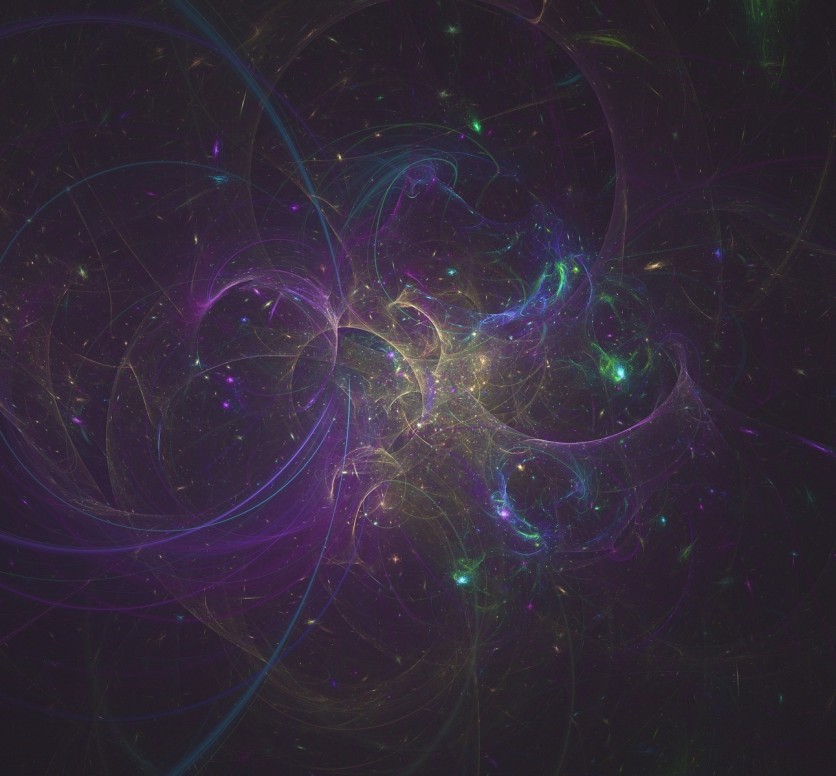Researchers have reported a significant milestone by successfully conducting the first 3D measurements using quantum ghost imaging.
This technique enables 3D imaging at the level of a single photon, presenting the potential for exact measurements with minimal photon exposure. The innovative approach, termed asynchronous detection, utilizes state-of-the-art single photon avalanche diode (SPAD) array detectors.
This technique was applied to achieve 3D imaging through quantum ghost imaging, as described in the Applied Optics journal by researchers from the Fraunhofer Institute of Optronics, System Technologies and Image Exploitation, and Karlsruhe Institute of Technology in Germany.

What Is Quantum Ghost Computing?
Quantum ghost computing is a way of using special properties of tiny particles called photons to do calculations. Imagine these photons as small packets of light. In this technique, scientists use pairs of these "entangled" photons, which means they're connected in a particular way, even if they're far apart.
Now, instead of just using these entangled photons to make images like in regular ghost imaging, scientists use them to do calculations. They take one photon from the pair and send it toward an object they want to study. This photon bounces off the object and comes back while a special camera catches the other photon.
3D Imaging With Single Photons
According to Carsten Pitsch, a researcher from the team, their breakthrough has immense applications in various fields, especially in sensitive domains like biomedical imaging.
"3D imaging with single photons could be used for various biomedical applications, such as eye care diagnostics," Pitsch explained. "It can be applied to image materials and tissues that are sensitive to light or drugs that become toxic when exposed to light without any risk of damage."
Unlike conventional methods, the researchers leveraged new SPAD array detectors, offering unprecedented capabilities for temporal detection and precise spatial resolution.
This advancement was essential to overcome the limitations of previous quantum ghost imaging setups that couldn't achieve 3D imaging due to reliance on intensified charge-coupled device (ICCD) cameras.
The approach taken by the researchers involved utilizing a pair of entangled photons - a signal photon and an idler photon - to generate 3D images through the usage of single photon illumination.
This process entailed directing the idler photons toward the object and timing the detection of the backscattered photons. Simultaneously, the signal photons were captured by a dedicated camera.
By comparing the timing of these detections, the researchers were able to reconstruct the entanglement and accurately determine the object's depth.
A pivotal aspect of the research involved the implementation of periodic poling in the KTP crystal. This innovation greatly facilitated efficient quasi-phase-matching for different pump, signal, and idler photon combinations.
This adaptability allowed the technique to be applied to various applications and wavelengths, showcasing its versatility and potential impact across multiple fields.
Asynchronous Detection
The researchers demonstrated the feasibility of their asynchronous detection approach through two distinct setups. One setup similar to a Michelson interferometer improved SPAD performance and coincident detection - the other utilized free-space optics, focusing on application-centered imaging of objects in the same arm.
While further refinement and development are required, the researchers' work underscores the immense potential of quantum ghost imaging for 3D measurements.
Their goals include increasing the SPAD camera's spatial resolution and duty cycle, exploring hyperspectral imaging, and promising significant advancements in imaging technology across many applications.
Related Article : Scientists Create 3D Reconstruction of 'Hobbit' from 18,000 Years Ago

ⓒ 2026 TECHTIMES.com All rights reserved. Do not reproduce without permission.




